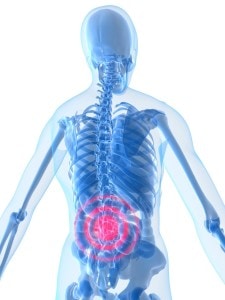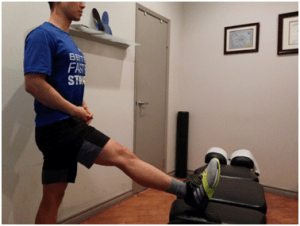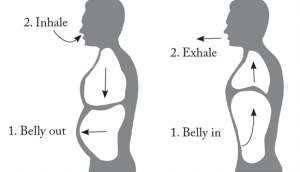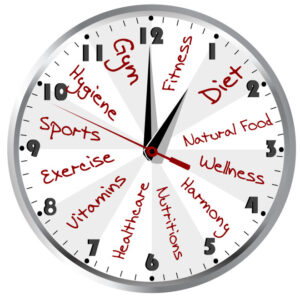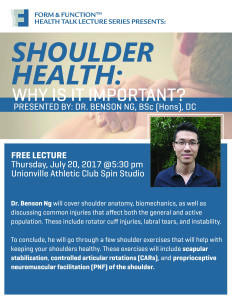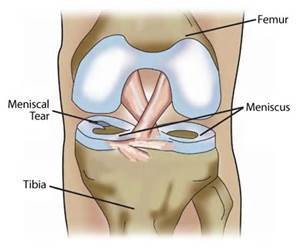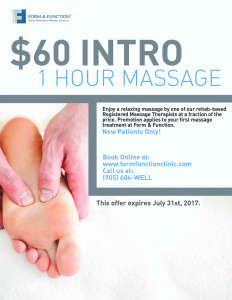The Mind Muscle Connection

When you lift in the gym you’re working with a progressive overload principle. You want your muscles to perform some work and eventually fatigue, so when you recover from your session in the gym, your muscle grows so that the work becomes easier. To maximize muscle growth, there’s something that most people are missing. The Mind Muscle Connection. Focus on the muscle being trained as it increases activation of the target muscle. Concentrate on what you are doing and be present in the moment. This is mindfulness at its best. There are a number of distractions in the gym. Your phone. The TV. Your last business meeting. It’s distracting and unproductive. Lifting the weights is just a means to an end. How well you contract the muscles and how much the rebuild is what training is all about. Try these 3 tips to build a better connection with your muscles.
- Cueing Mantra
- Use a few impactful words to help you with each and every lift. Each lift has a few phases. Getting into the start position. A good middle position. Performing the lift with intent. Figure out what your weaknesses or mistakes may be and focus on eliminating those. For example, when doing a deadlift:
- Back. Drive. – Tighten your core muscles and increase your intra-abdominal pressure. Pull your shoulderblades back and down. Drive through the ground.
- Mini-Goals
- Make minigoals that are objective, challenging and attainable but focused on each set. Use your imagination here. An example is a performance goal. Setting a total-rep performance goal at the beginning for your training session may give you the drive to push the last few reps out at the end of your session. Make sure to pick the right exercise and a rep range you can handle. Keep lifting until you hit it! Don’t overwhelm yourself with a million deadlifts, instead try 100 pushups as an adjunct to your chest days.
- Keep it slow and simple
- Don’t rush your reps. Don’t simply go into a set to get the set done. Take your time and make every set count. Focus on each and every rep, your muscle and how your body feels in response to the rep. Let’s use the bench press as an example. After you lower the weight to hit a precise point directly above your chest. Take a second or two, live in the tension, concentrate on your chest and press the weight back up. Take a moment to reset the tension in your chest at the top, focus again and lower it to the same exact point. Eventually this will become part of every exercise you do. Stay focused, forget the work you have to do, cut the distractions out and focus on the task at hand and your training sessions will be more productive and you’ll leave the gym in a mindful state.


